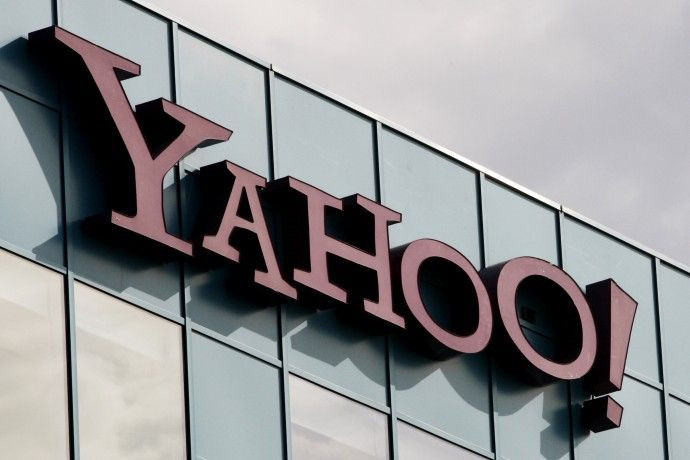Potential AOL-Yahoo merger couldn’t challenge Google’s dominance

A recent report from Reuters indicated that AOL Inc. (NYSE: AOL) is planning to split up its operations and might subsequently seek to merge with Yahoo Inc. (NASDAQ: YHOO).
These two companies have been down this road before (in fact, as recently as 2008), but nothing came of it.
Moreover, Yahoo has periodically been regarded as an acquisition target for several years, most prominently by Microsoft Corp. (NASDAQ: MSFT) about two years ago when then Yahoo CEO Jerry Yang resisted such advances.
But does it make sense for these two aging warhorses (AOL and Yahoo) to try another merger?
Kim Caughey Forrest, a senior equity analyst at Fort Pitt Capital Group in Pittsburgh, said that while it may make some strategic sense for these two companies to combine some of their operations, she sees little hope for the resulting merged entity to mount a challenge against the reigning monarch of the search-engine market, Google (NASDAQ: GOOG).
“Google is the 800-pound gorilla in the search space and it has sustained its growth momentum,” she said. “As far as market share goes, investors would have little to be excited about by an AOL-Yahoo merger.”
AOL and Yahoo were each dominant and highly-prized companies during the technology/internet boom of the 1990s – but have since found it difficult to cope as aging, maturing firms.
Since its much-ballyhooed “divorce” from Time Warner in December 2009 through a spin-off, AOL shares have essentially gone nowhere.
AOL is losing revenue, even in its core operations: dial-up subscription business and advertising display. The company is also losing dial-up users to the tune of about a quarter-million every quarter.
In fact, AOL’s dial-up business, which once boasted almost 27-million subscribers at its peak, now has just above 4-million users.
In the third quarter of 2010, AOL doubled its profits to $1.60 per share after selling its stake in Kayak.com, a travel website, but suffered a 36 percent plunge in revenues to about $564-million.
Revenue in the dial-up unit dropped 26 percent, while online advertising revenue fell by 27 percent.
Some analysts have suggested that AOL might dispose of its dial-up business to focus on its display ad and search units, and then combine with Yahoo’s content business and much-larger advertising platform.
AOL’s chief executive officer Tim Armstrong (a former Google executive) has been aggressively selling off weaker divisions like Bebo, the social networking site, and uSamp, a digital marketer, while acquiring such properties as TechCrunch, a blogger.
But the company keeps hemorrhaging revenues.
One of AOL’s few strengths is that it has about $600-million in cash sitting on its balance sheet and almost no debt – giving it the luxury of taking sufficient time to decide on any big moves.
Yahoo, whose shares peaked well above $100 at the turn of the millennium has suffered a long and painful decade-long decline (it closed at just above $17 on Dec. 8, 2010, well below the $33-per share price that Microsoft offered in its failed takeover bid of the company in 2008).
The man who led the campaign against Microsoft, Jerry Yang, was replaced as CEO in January 2009 by Carol Bartz, who has also failed to stimulate much revenue growth at Yahoo. She has aggressively sought to reduce costs and sold off or shut down unprofitable businesses, but the results have been less than stellar.
For example, in the third quarter of 2010, revenues only increased by 2 percent.
Obviously, AOL and Yahoo must each take some bold steps in order to survive in a landscape ruled by Facebook and Google.
However, an AOL-Yahoo merger would seem to generate few mutual benefits, Moreover, given that Yahoo is eight or nine times the size of AOL in terms of market-cap, such a merger might require some complicated asset sales on the side, not to mention the tax liabilities that would likely arise.
© Copyright IBTimes 2024. All rights reserved.





















